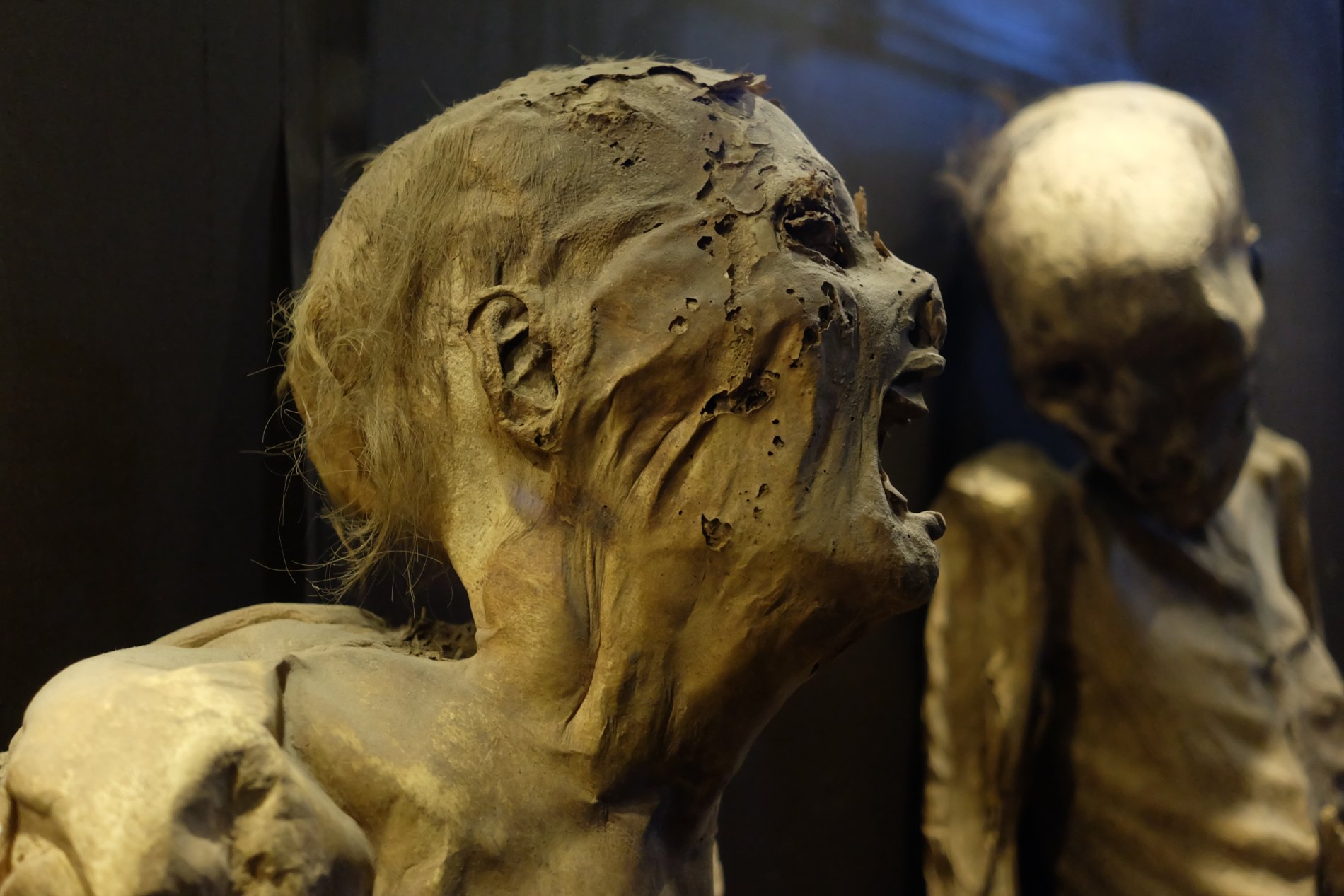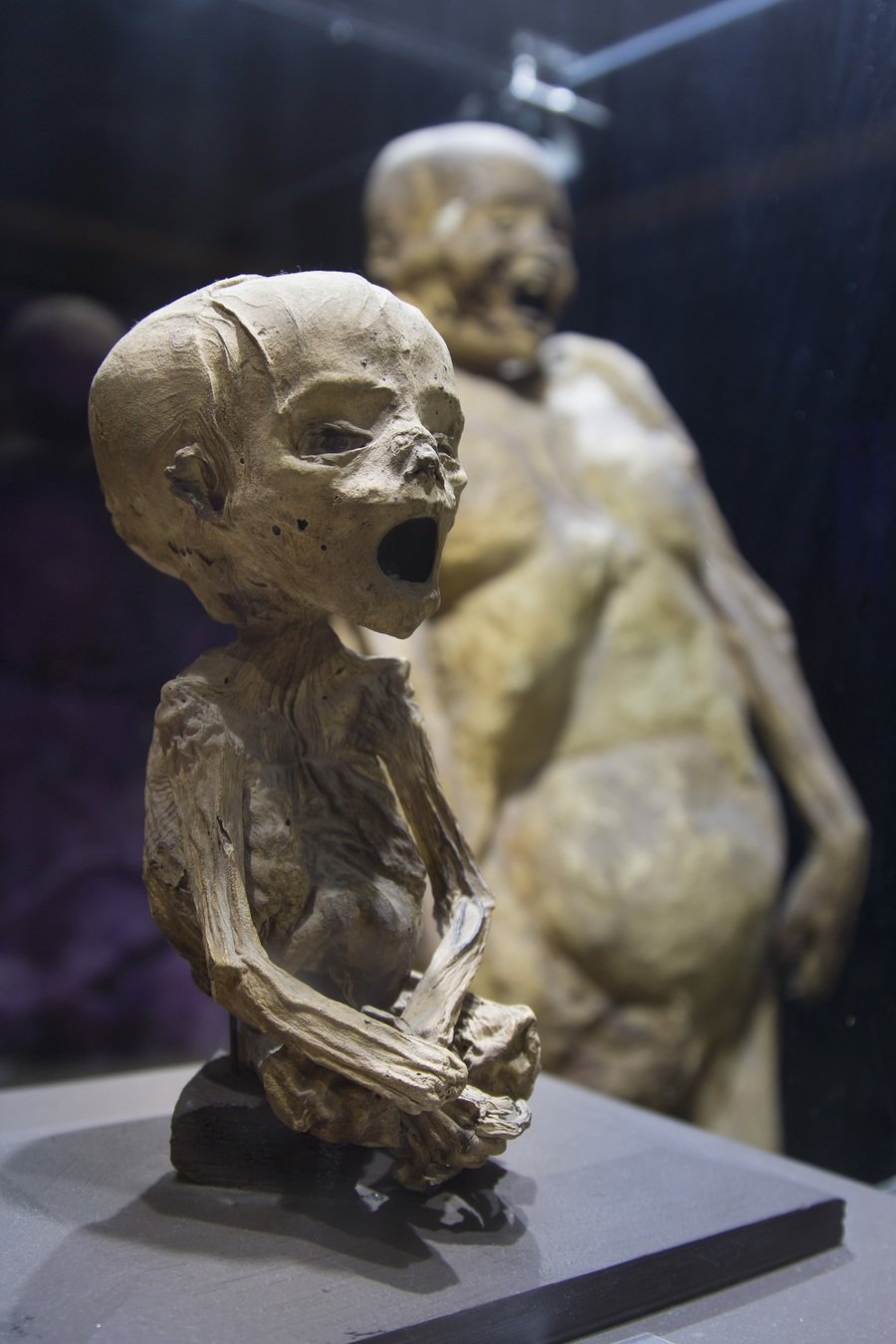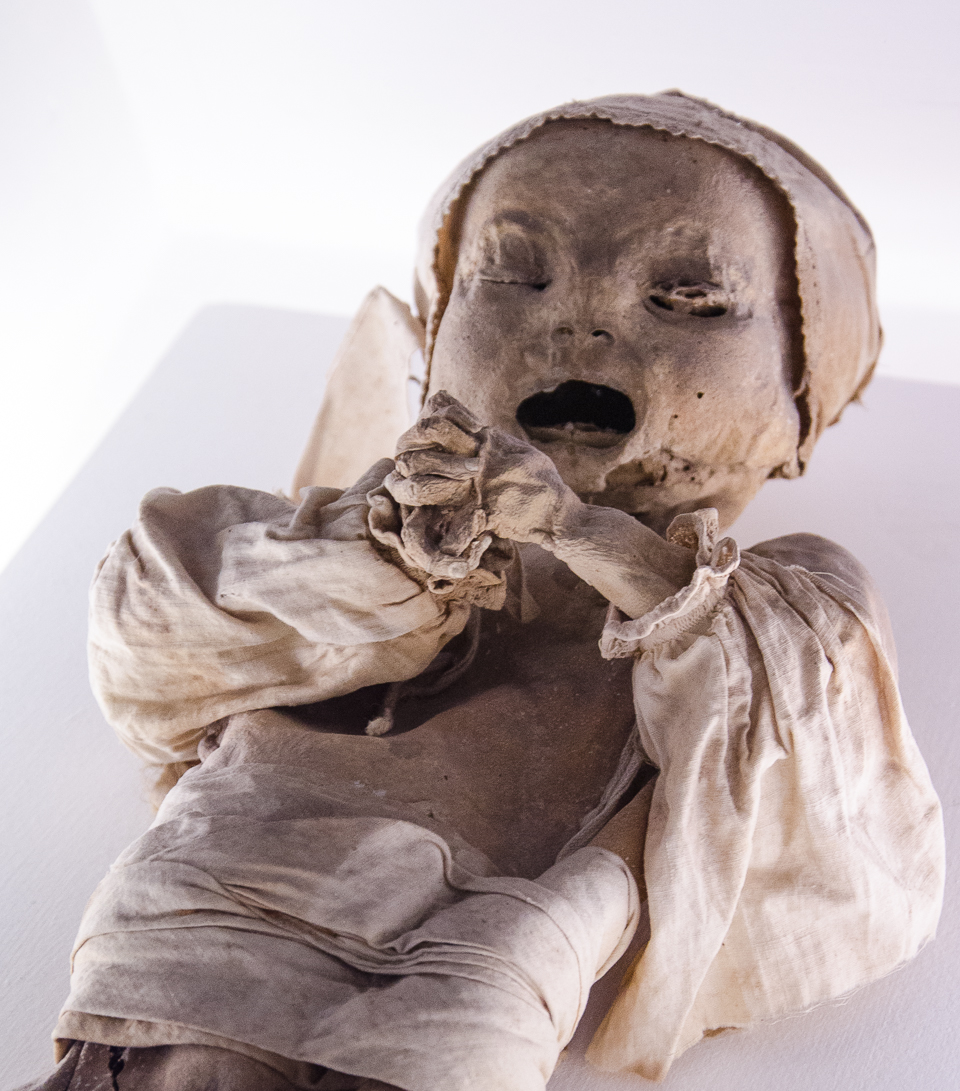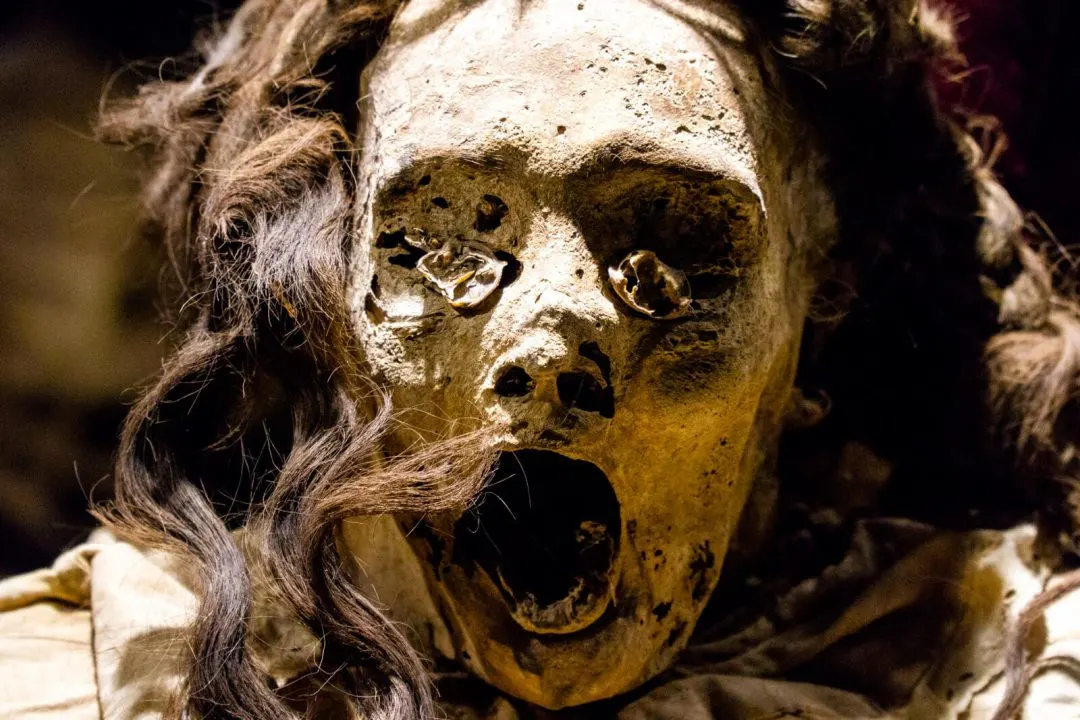The “Mummies of Guanajuato,” some 100 19th-century skeletons exhumed from a cemetery in the state of the same name in central Mexico, are the subject of a dispute between Guanajuato authorities and the federal government.
The skeletal remains, apparently incredibly preserved for many years due to the nature of the soil (rich in nitrates and alum, according to scientists) in which they were buried, have been the subject of decades of profiteering by the local government and private contractors.

In 2009, 36 skeletons were “rented” by the then-mayor of Guanajuato, the state capital of the same name, Eduardo Romero Hicks, to businessman Manuel Hernández Berlín. He kept them “plagiarized” for four years in the United States, where they were presented in exhibitions.
However, the businessman was forced by a court ruling in 2013 to return them because he had not kept his promise to pay US$240,000 annually to the municipality’s coffers.
Now, however, the municipality has come into conflict with the National Institute of Anthropology and History (INAH), which is responsible for researching and protecting the remains of ancient civilizations in the country, by refusing to give the green light to a project to build a new museum with an investment of US$5.5 million.

The authority argued that the museum, approved by the state congress a year ago, was “more commercial than cultural” and that the bodies risked being damaged.
The mayor accused the federal government of “politicizing the issue and trying to deprive the municipality of oversight of the museum,” which generates about US$2 million in revenue each year from the Las Momias de Guanajuato exhibit, one of the city’s main attractions, and from the annual Cervantino Festival, dedicated to arts and culture.
The museum project has been questioned from the beginning after activists to protect the city’s cultural heritage mobilized to prevent it, even sending a letter to Pope Francis to protest the “irregularities related to the handling of the human remains of Guanajuato’s inhabitants from another time.”

The Mexican representative of the International Council on Monuments and Sites (Icomos), an advisory body to the United Nations Educational, Scientific and Cultural Organization (UNESCO), recently warned that the project jeopardizes the city’s declaration as a World Heritage Site.
A former deputy of the same party that governs Guanajuato, the conservative National Action Party (PAN), Carlos Arce, said the new museum would provoke “an unhealthy commercialization of corpses” and accused the mayor of “continuing to profit with this type of tourism for his own benefit and that of his relatives.”
The Guanajuato mummies, excavated in 1865 and preserved in the Santa Paula Pantheon in 1989 because the families of the deceased had not paid fees “in perpetuity,” have nourished Mexico’s rich popular image, inspired films and soap operas, and even aroused the curiosity of tourists from around the world.

In 1962, the soap opera “Las momias de Guanajuato” (The Mummies of Guanajuato) was broadcast, mixing fact and fiction on the subject, and a decade later, a film of the same name by director Federico Curiel broke box office records with famous wrestling representatives such as El Santo, Blue Demon and Mil Mascaras.
In addition, there are two other films on the subject with the titles “El robo de las momias de Guanajuato” and “El castillo de las momias de Guanajuato”, but of lesser importance and quality.
However, the fame of the “mummies” was to transcend national borders when, in 1979, the famous German filmmaker Werner Herzog shot a series of footage featuring several Guanajuato mummies for the mythical German film “Nosferatu, the Vampire of the Night” to add a frightening touch to a key scene in the film.
Animated films have even revived the theme under the name “The Legend of Guanajuato”, released in Mexico in October 2014.

